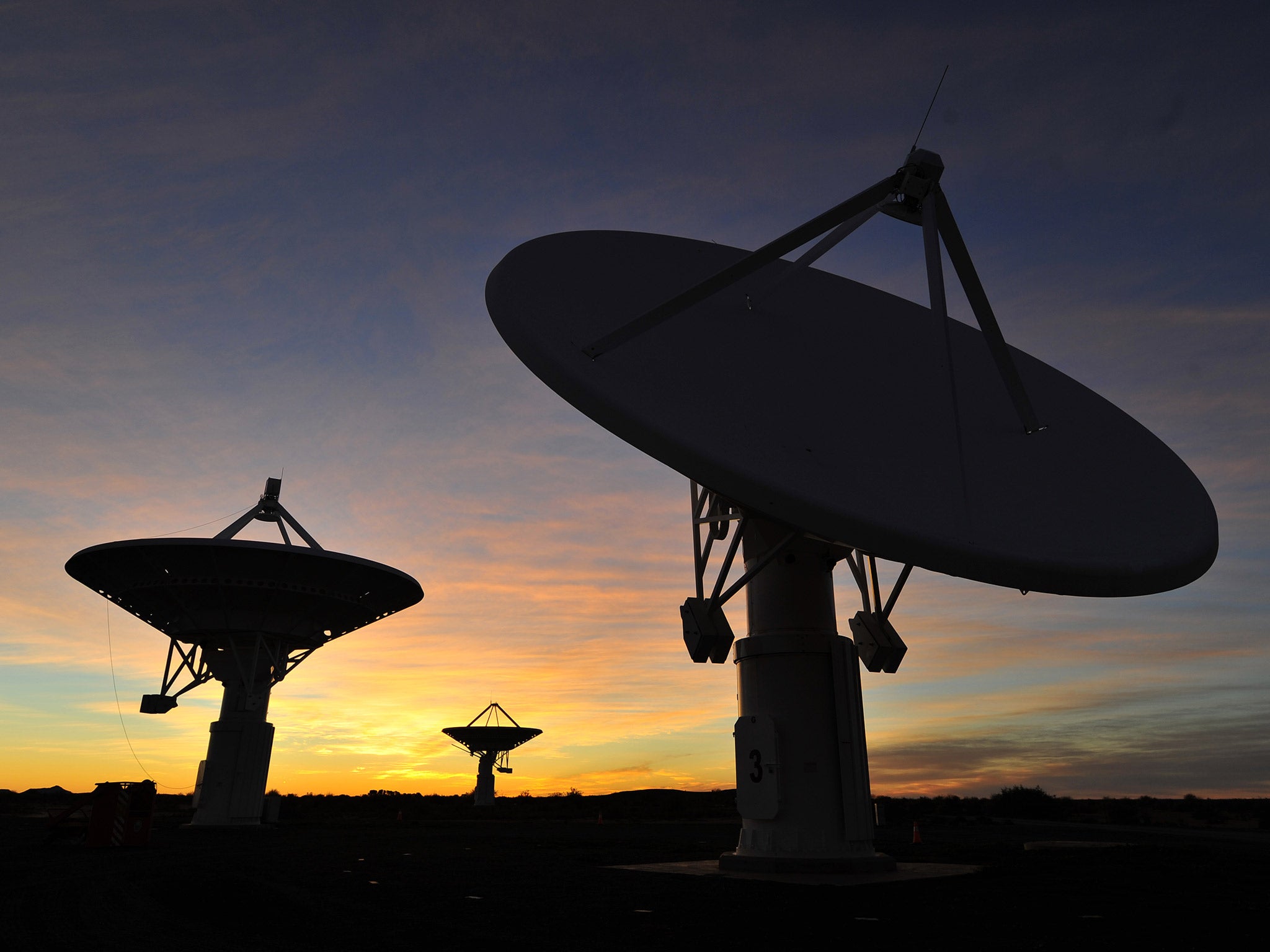1566 Icarus: How to spot Earth-crossing asteroid and livestream the 'distant pass'
The asteroid doesn't pose any danger to us, but will be close enough to see

Your support helps us to tell the story
As your White House correspondent, I ask the tough questions and seek the answers that matter.
Your support enables me to be in the room, pressing for transparency and accountability. Without your contributions, we wouldn't have the resources to challenge those in power.
Your donation makes it possible for us to keep doing this important work, keeping you informed every step of the way to the November election

Andrew Feinberg
White House Correspondent
Asteroid Icarus is set to fly past us closer than it has for decades — but, thankfully, that’s still easily far enough away not to worry that we’re going to get blown up. But the space fly-by will be close enough to spot — and will be in a perfect position for those in the UK.
The asteroid will pass over and be observable between June 16 and June 22, according to Astronomy Now.
The asteroid won’t be close enough to see with the naked eye. But — weather permitting — it will be visible through telescopes or on livestreamed videos.
To see it, you’ll need a telescope about 8-inches or larger. You can buy them from photography shops, or you can get in touch with local stargazing groups or organisations which might be holding events where you’ll be able to go along and have a look at the sky through someone else’s equipment.
But if you’re not able to get hold of a telescope, the best way to see Icarus is to look at the view through someone else’s, over the internet. Online observatory Slooh will be holding a special event to see the fly-by — and offers a one month free trial, letting you sign up just in time for the fly-past.
In the UK, the best time to head out will be in the very early morning, at about 1am. Unfortunately, the asteroid will be heading over during the summer solstice — meaning that the key thing is to beat the sun, especially in the north of England and Scotland.
The fly-by will be the last time to see the asteroid as it goes near us for decades, according to Nasa. It will come close again in 2043 — when it will be almost 5.5-million miles away — and won’t come as it is now until June 14, 2090, when it will be about 4-million miles from us.
Subscribe to Independent Premium to bookmark this article
Want to bookmark your favourite articles and stories to read or reference later? Start your Independent Premium subscription today.
Join our commenting forum
Join thought-provoking conversations, follow other Independent readers and see their replies
Comments